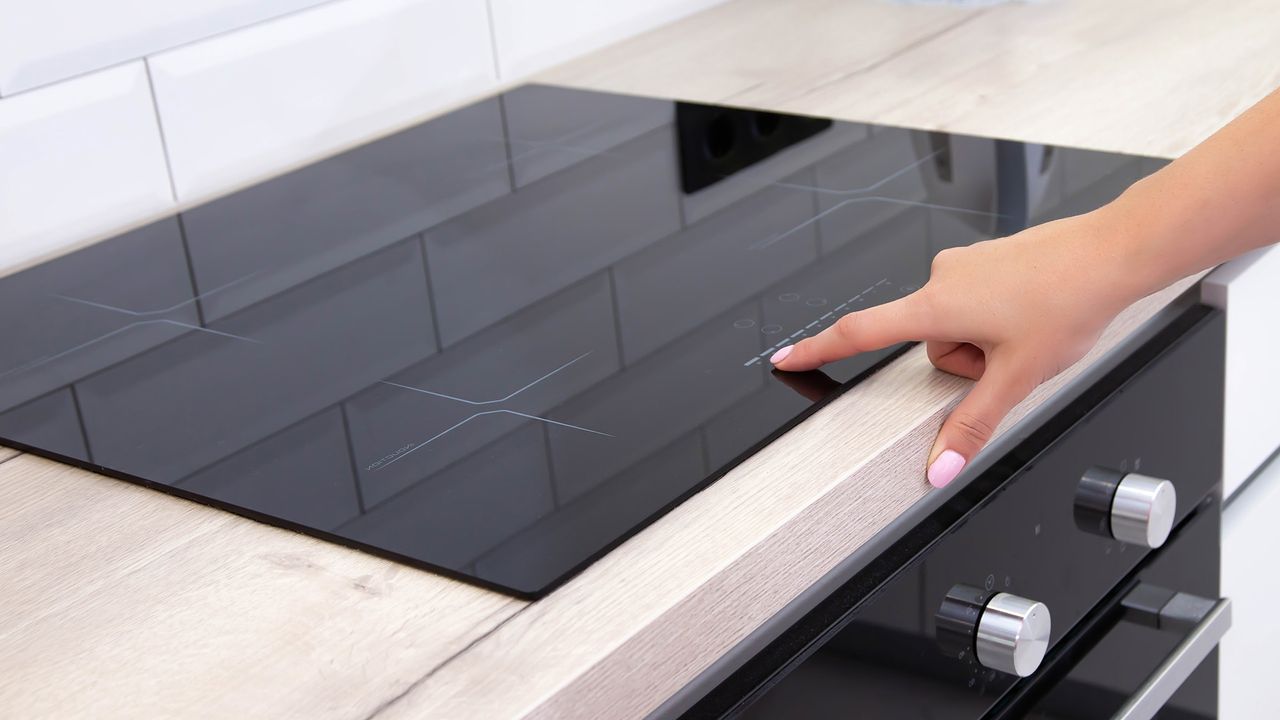Induction cooking is gaining popularity, offering a modern alternative to traditional gas and electric ranges. As more people consider making the switch, culinary experts share crucial tips for navigating this innovative cooking method. Understanding the differences in heat distribution, cookware compatibility, and cooking techniques is essential for a seamless transition.
Understanding Induction Cooking
Unlike gas cooking, which relies on a visible flame, induction cooking utilizes magnetic fields to generate heat directly in induction-compatible cookware. Chef and owner of Maricel’s Kitchen, Maricel Gentile, emphasizes the need for users to adjust their mindset. “You need to learn what a ‘5’ versus a ‘10’ setting means on a burner and get comfortable with digital feedback instead of watching a flame rise or fall,” she explains. This shift is vital for mastering heat control.
Chef Jessica Randhawa from The Forked Spoon concurs, stating that users must retrain themselves to respond quickly to dial adjustments to prevent overheating or overcooking. Induction cooking offers consistent heat across the pan, a significant advantage over gas flames and electric coils, which often result in uneven heat distribution.
Adapting to New Sounds and Heat Responsiveness
Transitioning to induction also involves adjusting to a quieter cooking experience. Mike Williams, Vice President of Sales and Marketing at Kenyon, notes the difference: “Induction cooktops are nearly silent, so you have to just get used to the fact that just because you can’t hear them, doesn’t mean they’re not on.” Some cookware may emit a buzzing sound at high power levels, but this can be mitigated by reducing the heat setting.
The quick responsiveness of induction cooking can be a significant learning curve. Chef Kyle Taylor from HE COOKS suggests that users recalibrate their timing, as “things could get out of whack quickly.” Anticipating heat changes is crucial for effective cooking.
Cookware Compatibility and Size Considerations
Induction cooking relies on magnetic cookware, meaning not all pans will work. Suitable options include stainless steel, enamelled steel, and cast iron. However, aluminum, glass, and ceramic cookware are incompatible. Taylor recommends using heavy-bottomed stainless steel or cast iron pans for their even heat distribution. He adds, “Avoid inexpensive and lightweight cookware.”
Matching the size of the cookware to the burner is also important. Kenyon explains that the cookware works best when the burner coil closely matches the base size. “If the pot’s diameter is much smaller than the burner’s, the magnetic field isn’t fully utilized,” he warns.
Techniques for Successful Induction Cooking
To adapt to the nuances of induction cooking, it is advisable to avoid placing an empty pan on a hot cooktop. Starting on low heat and gradually increasing temperature once ingredients are added can prevent damage to cookware. Kenyon advises, “Start at lower settings than you think you need.”
For delicate foods, using lower temperatures can enhance flavor and retain nutrients. “It’s not about rushing to get to the internal temperature; it’s about achieving efficient and consistent results,” he adds.
As new users begin their induction journey, adjusting traditional recipes is beneficial. Taylor suggests reducing heat levels by around 25% from conventional cooking methods. “You can always extend the cooking time at a lower heat level,” he notes, emphasizing the importance of precision in cooking.
Avoiding Common Mistakes
First-time induction users often make several common errors. Taylor describes frequent mistakes as “cranking the heat too high initially, not preheating properly, and using incompatible cookware.” Randhawa highlights the tendency of beginners to walk away while preheating or to assume traditional cooking times apply to induction cooking.
To prevent these issues, Randhawa advises starting with a lower setting than expected and adjusting upward. Kenyon adds that due to the speed of induction cooking, it is essential to have all ingredients prepped before starting. If cooking must begin before everything is ready, starting on a low heat setting will help avoid overcooking.
Making the transition to induction cooking can be straightforward with the right guidance. By understanding the unique characteristics of induction, adapting techniques, and selecting appropriate cookware, users can enjoy the benefits of this efficient and precise cooking method.
